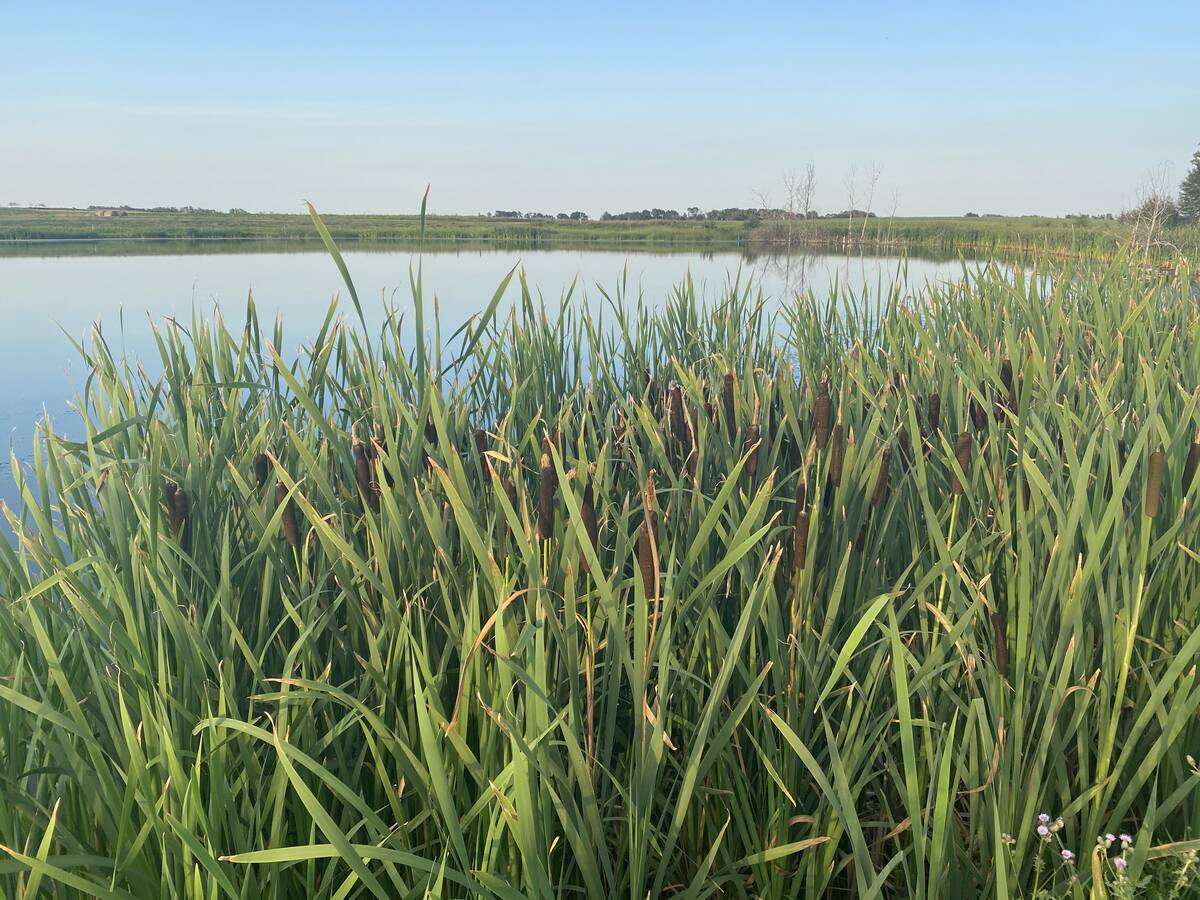A trip to Australia hasn’t convinced Ken
Ritter of the benefits of privatizing the Canadian Wheat Board.
The chair of the CWB was Down Under last week, visiting with officials of AWB Ltd., the recently privatized version of the old Australian Wheat Board, along with farmers and grain handling companies.
And while he wasn’t there specifically to look at the AWB’s structure, he did come to some conclusions.
“Everything is worth having a look at, but my first reaction is I don’t think it’s feasible in Canada to do this,” he said in a telephone interview from Perth, a major grain port in western Australia.
Read Also

Wetlands seen benefitting both agriculture, environment
Wetlands can play an important role as nature-based climate solutions, and they may also offer benefits to farmers and the agricultural sector in terms of crop yields and more, says a research scientist.
“I don’t think it’s as effective as it may sound.”
In 1999 the Australian Wheat Board ceased to exist, replaced by AWB Ltd. While Class A ownership shares in AWB Ltd. are restricted to growers, Class B common shares are publicly traded. Class B shareholders elect a minority of directors and receive dividends.
The Australian government provides no financial support to AWB Ltd., which is responsible for guaranteeing initial payments.
The company has a statutory monopoly on wheat exports by virtue of government legislation.
AWB offers farmers a wide array of pricing and financial options, as well as traditional price pooling arrangements, which remain the option of choice for most producers.
Ritter, who was accompanied on the week-long trip by director Larry Hill and vice-president of farmer relations Earl Geddes, said the main problem with the AWB model is that the marketing agency has to serve two masters.
On one hand, AWB’s goal is to maximize returns to farmers.
But the AWB’s formal statement of business objectives also states it must provide the maximum return on investment for its 61,000 shareholders, some of whom are not farmers.
“At times those two objectives will be in conflict,” Ritter said.
The CWB’s sole mandate is to get the best price possible from the market and to return all of that money, less administration costs, to farmers.
By contrast, to provide shareholders with a return on investment, AWB must direct some revenue to shareholders, thus reducing the total net return to farmers.
“I think the better model is just to ensure the growers are the absolute and sole beneficiary of what you’re doing as a marketing agency,” he said.
In its first three years of operation as a private company, AWB provided shareholders with an annual return on equity of 10.1 percent, 12.1 percent and 13.9 percent. Its target is 15 percent.
Ritter, who attended some AWB farmer meetings during the trip, said he was struck by the absence of any debate about the value of the single-desk exporting system.
He said there seemed to be a broad consensus among growers that the single desk is a valuable tool that provides them with some degree of power and influence in the world market.
“The debate has been over how do you manage the single desk as efficiently and effectively as possible for growers.”
He said the views of Australian farmers drove home for him the fact that the debate over the single desk in Canada is fuelled by Canada’s proximity to the United States.
There is no agitation among Australian growers to sell their wheat outside the single desk, because doing so would involve loading a ship and sending it to Indonesia or Japan.
By contrast, a Canadian wheat grower who on occasion sees a higher wheat price in the U.S. would simply have to load his truck and drive across the border.














